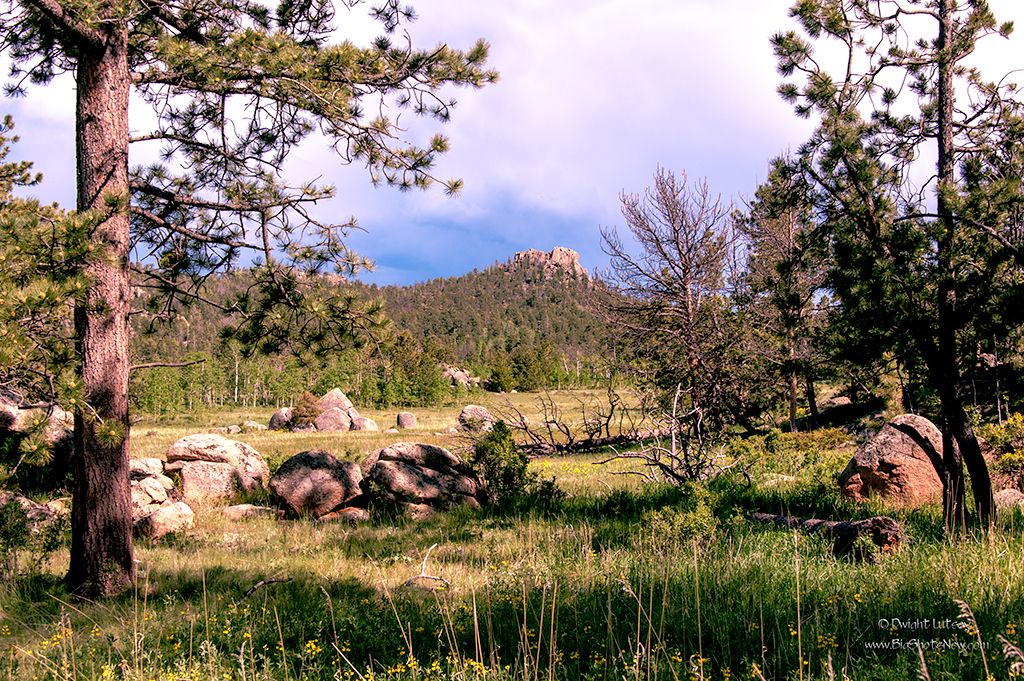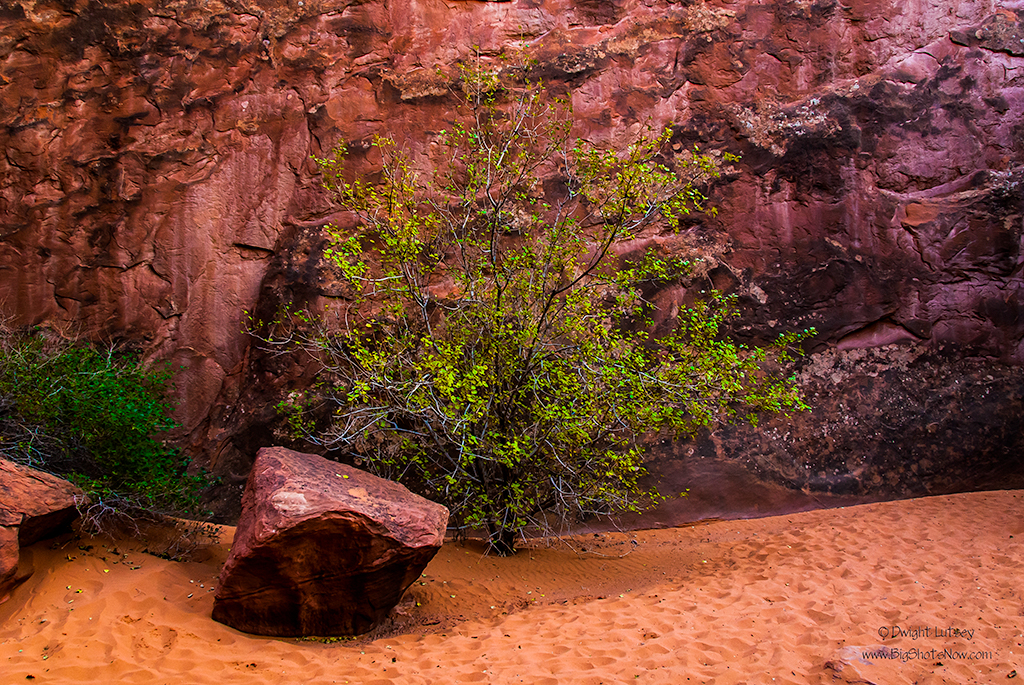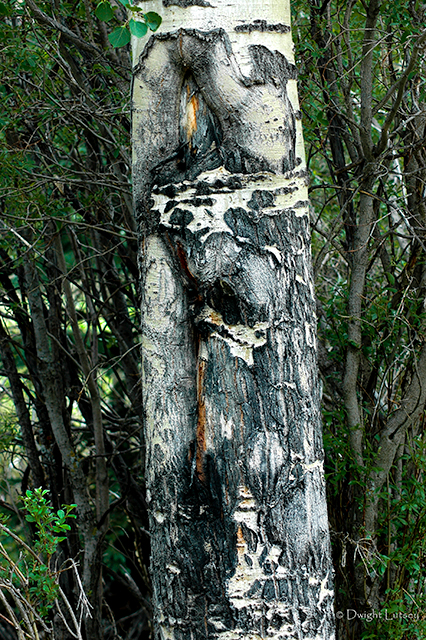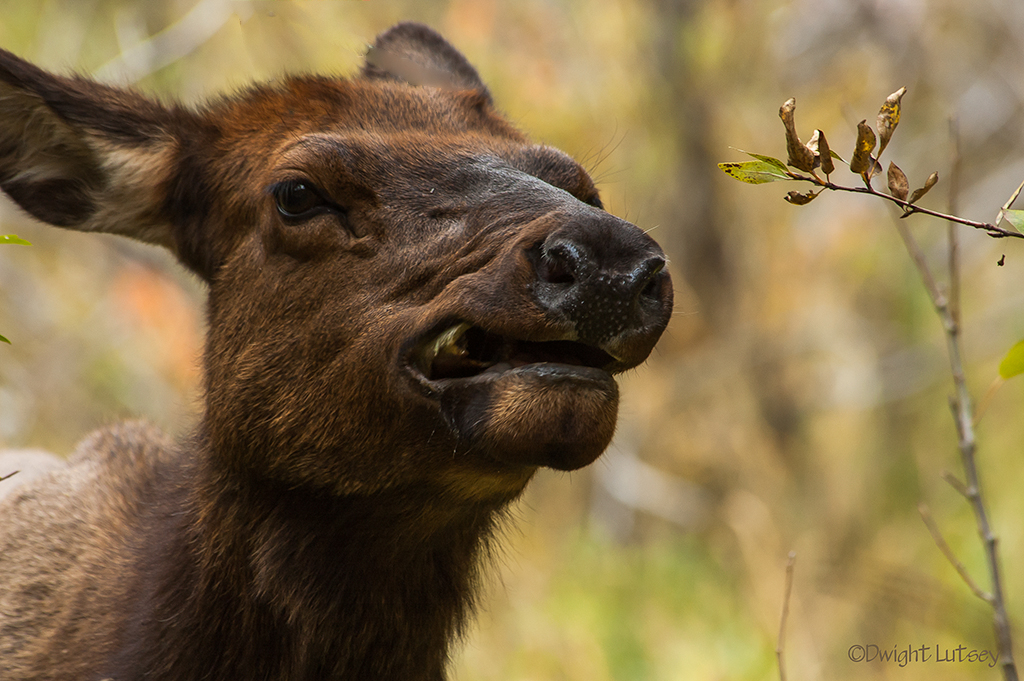Yesterday was one of those days where you looked out the window and said “Ok that’s it, I’m out of here.” It was too beautiful a day to stay inside. The sun was shining, there was a slight breeze, a huge sky filled with gorgeous clouds and the seductive possibility that one could spend the afternoon with Lady Moon.
Lady Moon is a valley near Red Feather Lakes in Northern Colorado. It’s a long valley situated over 8000′ between the gently sloping valley walls, it feels close to the sky. Always filled with lush grass, and wild flowers so densely packed it is difficult to walk without stepping on one, it is a hike to take whenever your spirits are low, or even when you’re so happy you can’t stand yourself. The South fork of Lone Pine Creek, a slow moving stream and its attendant wetlands, take up much of the valley floor and meanders down to join other streams helping build the watershed that provides our water. Beautiful stands of aspen in all of their finest greenery line the edges of the valley. It is truly a beautiful place.
As a photographer this is where you want to be on a day like this. Add getting to spend the day with good friends and it becomes a very good day indeed. The other photographer vying for the attention of Lady Moon is a local resident who is fast becoming known as the Prince of Red Feather for his more than accomplished photographic skills. He led the trek which was supposed to be a short hike of a mile or so but turned into a mini marathon. This was not specifically his fault as the person he was shooting with was one of those types that would dart off in a one direction to shoot a picturesque clump of aspen, then dart back to rejoin you only to dart off again in another direction to shoot a clump of mountain iris, rather like when you walk with your dog off the leash and he runs 75 yards ahead, and when you don’t catch up to him quickly enough runs back to you only to run off again to repeat the process. At the end of the walk he has walked 30 miles to your three. That was how a short walk of a mile or so turned into five.
All in all the day couldn’t have turned out better. We arrived back at the trailhead with a camera full of pictures, tired, wet from giving up all attempts to stay dry crossing Lone Pine creek dozens of times and thoroughly satisfied with our visit to Lady Moon. Plans were made to visit Lady Moon again in the fall. Those aspen are going to be absolutely spectacular then.






You must be logged in to post a comment.